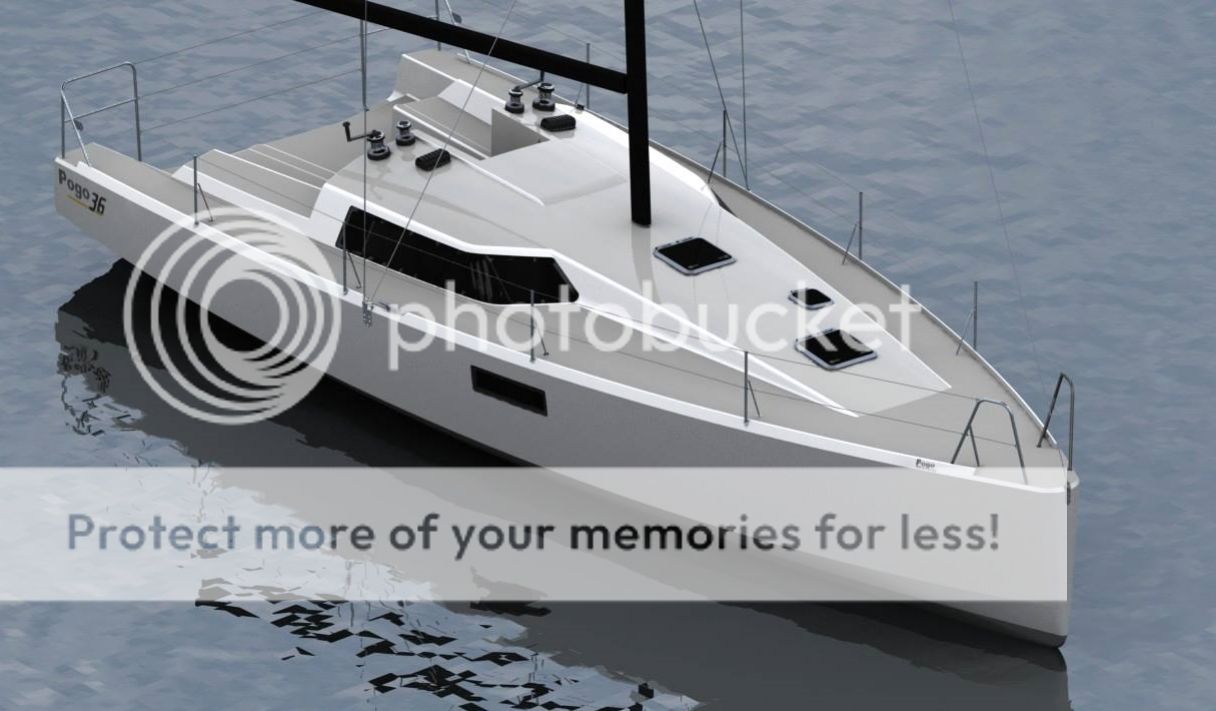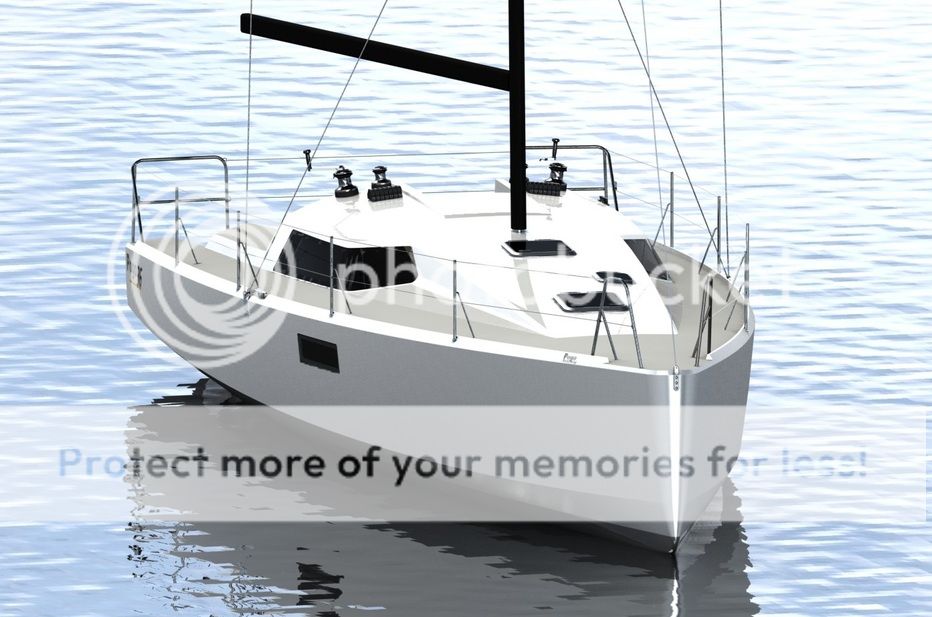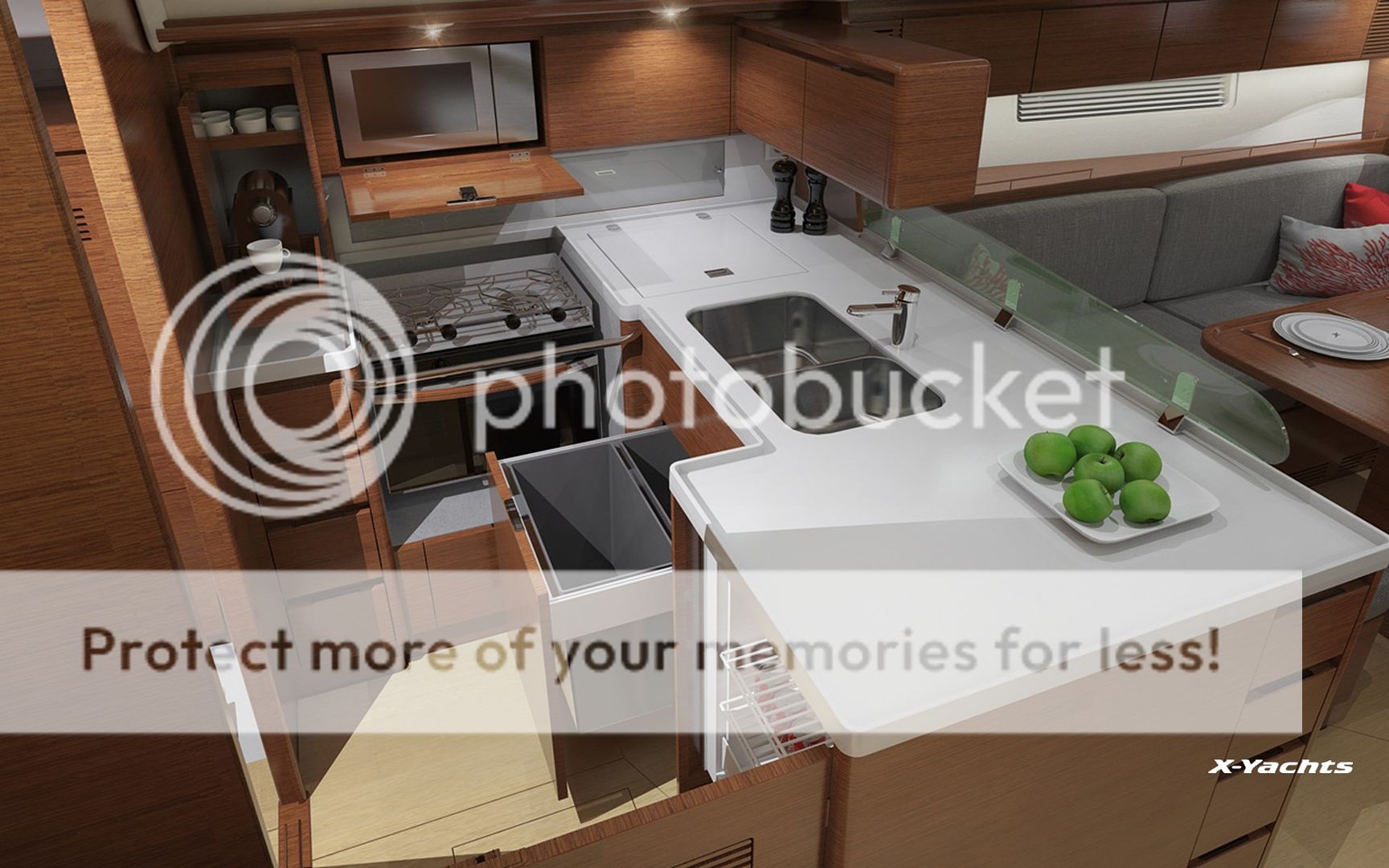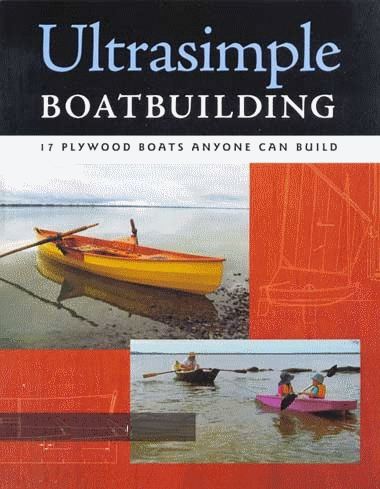
Tank testing can also be used to test the yacht in various sea states, under power and even at rest. We will normally test appendages such as skegs, stabilizers, propeller struts, and bilge keels for optimization.
Contract Design & Engineering PhaseThe goal of this stage is to obtain competitive bids from the yards. Once a technically feasible and acceptable preliminary design is obtained and approved, we then undertake the contract design work. For the contract design stage we would refine and embellish the work done in the preliminary design stage, develop Typical Construction Plans, and undertake the necessary naval architecture and engineering calculations in support of this work.
A key part of this stage is the specification which would include all the major equipment, their manufacturer and model number, along with various schematics of the acoustic treatment, and of the engineering systems. In the case of a competitive bid situation, the plans, and in particular the very detailed specification, insure that the yards are bidding on the same boat, minimizing the number of assumptions made by them. This means that all the yards are "playing on an even field".
In the event a client decides to go to a sole source, then we would provide a "bullet list" specification. This type of specification is much reduced in scope, but does identify every major piece of equipment by manufacturer and model number. In this way you can be assured that the yard is providing you a price for the boat that you want, again with a few assumptions.
Identifying Candidate YardsThere are several factors which influence the choice of yards for the bidders "short list":
-Choice of hull construction material. Most yards specialize in a particular material. In addition, as the yacht increases in size fewer and fewer yards can physically accommodate the project. Therefore size and scantling materials limit the choice of yards.
-Level of quality required. This is a difficult variable to quantify. An analogy with automobiles is probably the best way to explain this point. All automobile manufacturers provide reliable and comfortable transportation. However, there is a real and perceived difference in quality between the car makers. The same is true of boat yards.
-Geographic location of the yard. Some clients like to be very intensely involved in the construction process, and therefore prefer yards close to their home and office.
-Special financial conditions. The "market" often provides opportunities which are worth pursuing. This may take the form of favorable exchange rates, government subsidies, or a yard that, for various reasons, decides to provide a low price.
There is risk and reward associated with the above choices. At Sparkman & Stephens we have worked with dozens of yards throughout the world. As a result of this extensive experience, we feel very comfortable in assisting you through the yard selection process.
Evaluation of Yard BidsUpon receipt of the bids, be they competitive or sole source, we would assist you in an analysis of the bids. Based on our experience, we have compiled a substantial amount of price and man hour data. This allows us to determine if the yards are being realistic in terms of material costs, labor hours, total cost of the project, and the duration of the construction period.
We believe there is such a thing as too good a price. What is meant by this is the yard may not deliver the yacht consistent with your expectations. There are several consequences of this as follows:
-The yacht may not be to the quality you expect.
-The yard could request additional funds to complete the yacht.
-The yard could go bankrupt.
We feel we have an obligation to advise you of the potential risks of working with a yard which, in our view, has misjudged or misunderstood the quality or scope of work you require. This evaluation has served our client's extremely well over the years.
Non-Legal Advice on the Construction ContractWhile we do not offer ourselves as lawyers, again on the basis of our experience with many yards and many contracts, we can provide assistance to your attorneys in formulating a yard contract. Also, being familiar with the construction process, the process of how changes to the yacht are made, and decisions during the construction process, we know where the usual problems occur. Accordingly, we can advise you of ways to protect your interests.
Final Design & Engineering PhaseThis is the last stage of the design process, and is the real "meat" of the project. We believe very strongly in complete and detailed design and engineering. It is absolutely critical that the naval architect provide the shipyard as much information as is possible to produce the yacht. Based on this information an experienced yard can develop the necessary shop drawings for the construction of your yacht.
Many yards building large yachts have design and engineering staffs of their own which are very useful in the course of building the vessel. It is important, however, for the naval architect to coordinate the technical process. This is because the naval architect is directly employed by the client to oversee his interests, while the shipyard is working on a contract basis and is trying to save man-hours and material costs wherever possible.
Often the Plan and Calculations List expands or contracts based on how you want to structure the project. For example, should you decide to use an interior designer, the plans associated with this work would be dropped from our list. There are also some technical drawings that the yard can provide. However, these plans should be subject to the review and approval of the naval architect.
The reason for this is straightforward. A yacht is a floating object containing many systems which must be integrated. For example, if you add a Satcom to the navigation station/electronics equipment, this decision will impact the electrical system, aesthetics, weights, trim, stability, and a structural support must be designed which is integrated with the rest of the yacht's structure. For this reason the naval architect is in the best position to coordinate all of these aspects.
Coordination of Outside Consultants We are very comfortable undertaking all engineering aspects for the design of a typical yacht, but are not too proud to seek assistance from other professionals, when the need arises. For example, we would specify the acoustic treatment for a typical level of noise attenuation. Should you want an ultra-quiet yacht, then we would recommend involving an acoustics expert to assist us in achieving your goals. Again, for the reasons mentioned above, we feel this should be coordinated through the naval architect.
Equipment Procurement AssistanceIn the course of designing yachts built all over the world for an international clientele, we become acquainted with a wide variety of equipment. In this way we are familiar with some of the best equipment for the job, and invoke this equipment in the specification. Should you or the yard need assistance in contacting manufacturers or their agents, we can save you time by assisting you in making the contact, or with the purchase itself.
Yard InspectionsWhile we pride ourselves on providing a very complete design and engineering package, we are also realistic about deviations which can be made from the plans, and changes which inevitably occur in the course of construction. For these reasons we consider inspections important to the success of the project. It helps us to establish a working technical liaison with the yard, allows us to resolve any problems and respond to any questions which inevitably arise during the course of the construction. The inspections also allow us to monitor progress and quality of the work on your behalf.
Review Requests for Yard Progress PaymentsTypical contract terms are to make payments based on construction progress. As we are involved in technical dialogue with the yard during the entire construction process, and undertake inspection trips, we are in a good position to advise you when progress satisfies the payment terms of the contract.
Evaluate Yard Extras and CreditsIn a project of the size and complexity of a custom yacht, it is inevitable that changes will be made. During the construction process the design will change from two dimensional drawings to three dimensional reality. As a result, it is not unusual for an owner or his design team to want to make some adjustments at this time. It should take about a year to build an average size yacht and two or three years to build a large yacht. In this period of time there will inevitably be changes in technology resulting in new materials and equipment which better suit your needs. It is important, therefore, to allow for a level of flexibility during the construction process.
If your design team (exterior stylist/interior designer, and naval architect/engineer) have sufficient time prior to construction to complete their work, then this would minimize the number of other changes. It has been our experience, under proper conditions, for extras to be within 5%.
On the basis of our experience with many yards over many years, we are able to advise you whether or not the yard is being fair concerning their charges for materials and labor hours associated with an extra or a credit.
 Sea Trials
Sea TrialsThe sea trials are the culmination of everyone's efforts. While the construction process has been monitored very carefully, and some systems have been run prior to launching, the "acid test" is the sea trials. Our typical specification has several pages devoted to the extent of the sea trials, and its protocol.
Sparkman & Stephens would expect to be present during the sea trials to undertake measurements and assist in the evaluation of all operating aspects of the yacht. Inevitably the trials uncover a short list of deficiencies which we would help identify, along with suggestions for correcting these deficiencies.
Assistance During Hand-Over ProcessThis is the day you become the proud owner of your new yacht. Often there are a few items either unfinished, back ordered, or to be corrected, and, of course, there is a tremendous amount of paperwork and money changing hands. Having been involved in this process in the past, we can provide you with guidance based on our experience.
Follow-Up on Potential Warranty WorkA typical yard warranty, exclusive of equipment manufacturer's warranties, is for one year. There are exceptions to this in certain circumstances. For example, in the case of a fiberglass boat, several of our clients want an extended guarantee against bottom osmosis.
Regardless of the terms of the warranty, Sparkman & Stephens is prepared to assist you and your captain in evaluating any problems, identifying responsibility, and having the building yard properly execute the remedial work. In the event it is not convenient to return to the building yard, we know of very capable yards worldwide, and would assist you in locating an alternate yard, which is acceptable to the building yard.
Ongoing Technical SupportIt is the policy of Sparkman & Stephens to support our yachts and assist their owners regardless of the age of the vessel. For this reason we archive our records for safe keeping, including plans and all technical documents, at the Mystic Seaport Museum in Mystic, Connecticut, in the event a question arises. We have ready access to this technical data.
We are constantly receiving inquiries about yachts designed twenty, forty, or even sixty years ago. Because of our extensive records and well organized archives, we are able to respond to these inquiries factually and expeditiously.
What does this mean to you as an owner? It is important in two respects. First, it is a measure of Sparkman & Stephens commitment to the yacht, and second, anyone who is considering purchasing a Sparkman & Stephens’ yacht regardless of the vintage knows that they will receive the full support and assistance from the Design Department.
















































